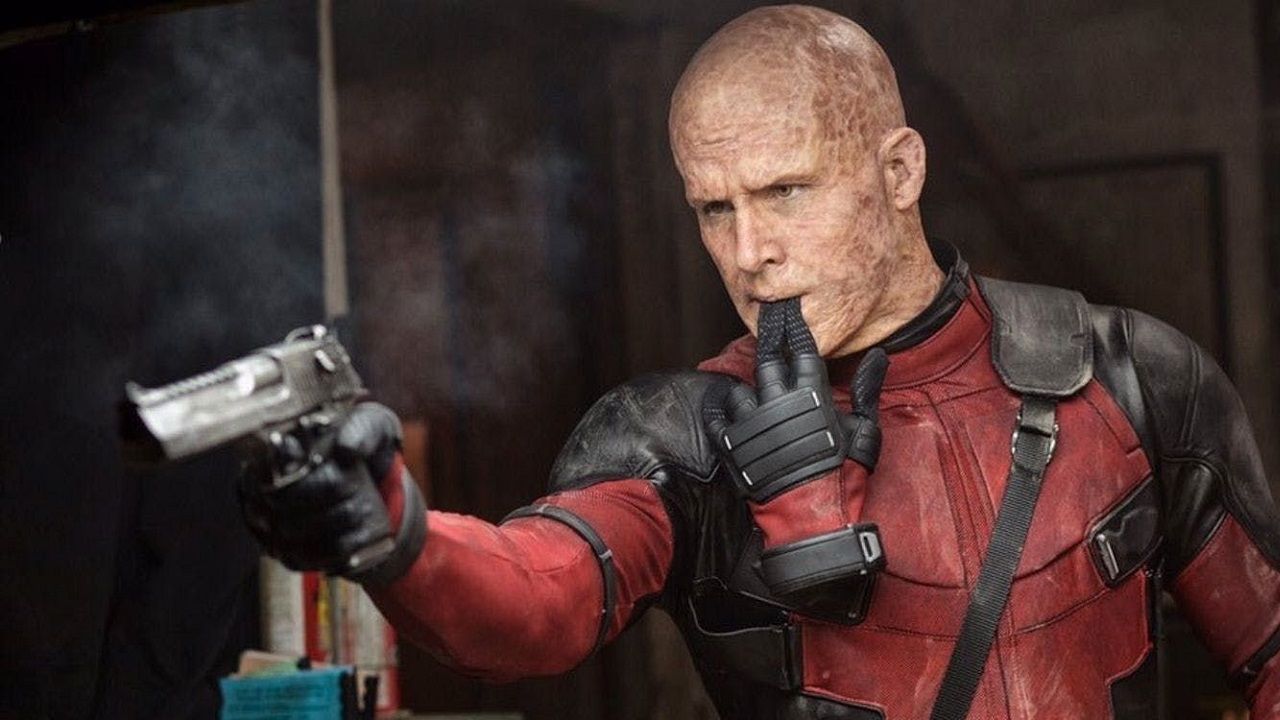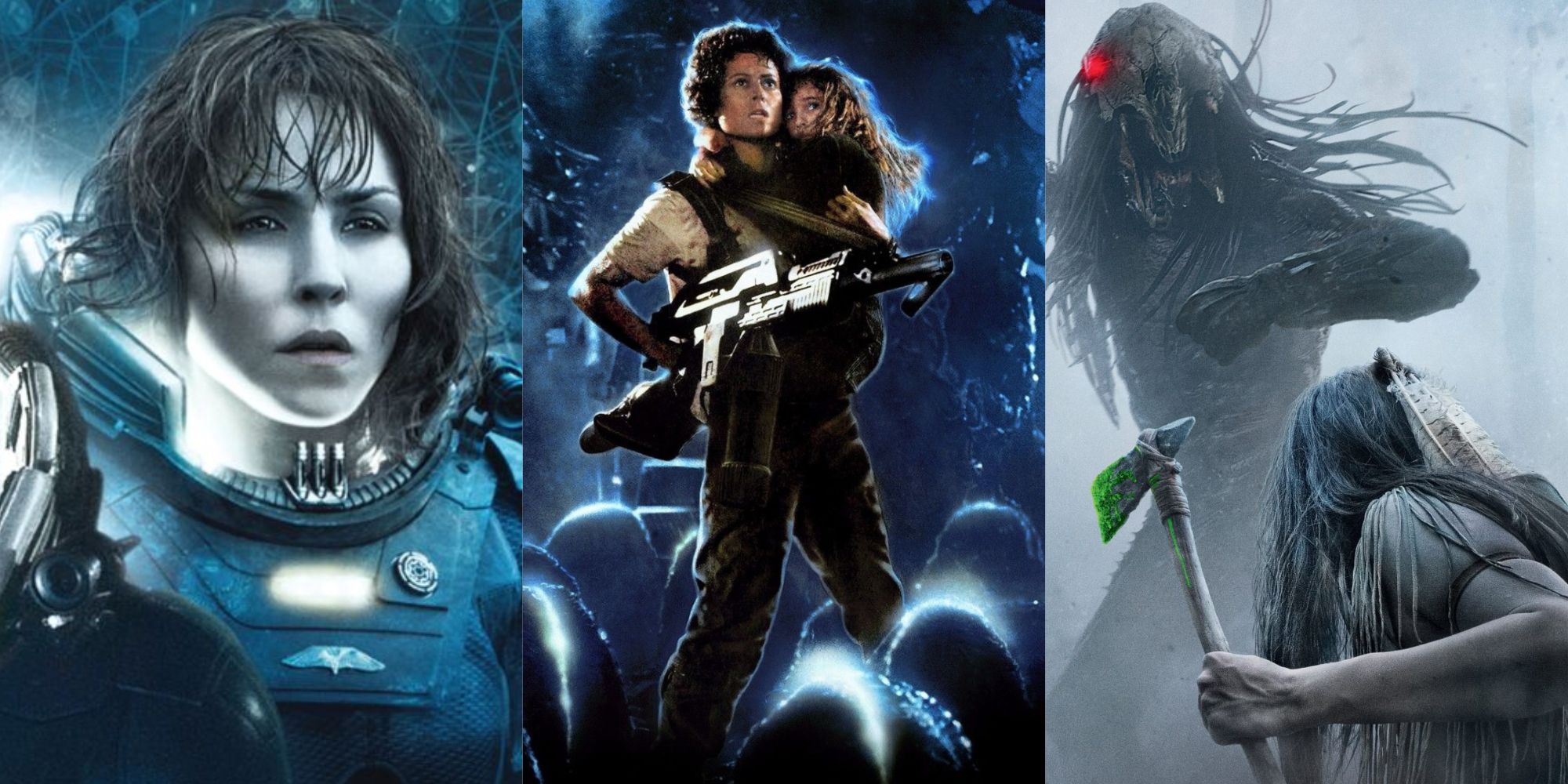Part
01
of two
Part
01
Which of Disney’s acquisitions and assets are considered failures?
Key Takeaways
- According to Indiewire, after Disney acquired Twenty-First Century Fox, the majority of Fox's releases underperformed at the US box office. Alan Horn, former chief creative officer at Disney, attributed the poor performances of Fox's films to the fact that before the acquisition, Disney was not allowed to see or contribute to them because of gun-jumping rules.
- In 2014, Disneyland Paris (formerly Euro Disney) was almost one million visitors short to be profitable, which resulted in losses of around $138-$150 million, adding to the debt of around $2.2 billion and ultimately forcing the Walt Disney Company to spend approximately $1.2 billion on a rescue plan. At the time, Business Insider called the attraction "a 22-year money-losing failure."
- Apart from receiving negative reviews from critics, "Prince of Persia: Sands of Time" "grossed $30 million in its opening weekend, $90 million domestically, and $336 worldwide." This was a small amount compared to the $200 million the company spent on production.
Introduction
The research provides three of the most significant failures of Disney’s assets or acquisitions. They include the acquisition of 21st Century Fox, Euro Disney, and the "Prince of Persia: The Sands of Time" film. For each failure, we provided the reasons behind it and the financial impact. Details are below.
The Most Significant Failures of Disney’s Assets or Acquisitions
The Acquisition of 21st Century Fox
- Disney acquired Twenty-First Century Fox for $69.5 billion in 2019, split between $35.7 billion cash and a stock issuance of $33.8 billion. Fox had $25.7 billion when the transaction was completed, meaning that Disney only paid $10 billion in pre-transaction cash. In addition, Disney divested $11 billion of Fox's assets because of poor performance, making the Fox transaction a non-cash deal for Disney.
- According to Indiewire, after Disney acquired 21st Century Fox, the majority of its releases underperformed at the US box office. Alan Horn, former chief creative officer at Disney, attributed the poor performances of Fox's films to the fact that before the acquisition, Disney was not allowed to see or contribute to the films because of gun-jumping rules. He added that the competitive and challenging environment of the movie business also contributed to the failure.
- The expensive deal is likely to negatively affect Disney for years to come with lower returns compared to the pre-Fox time.
- The Washington Post stated that Disney's profitability declined after the merger with Fox. Indiewire noted that Disney lost $170 million in one quarter in 2019 as films like the X-Men 'Dark Phoenix' made just $65 million total, less than what other similar productions make on their opening weekends. "Other films that underperformed include 'Stuber' that generated $22 million, 'The Art of Racing in the Rain' that made $26 million, and 'Ad Astra' that earned $50 million."
- The loss led to a shortfall in Disney's quarter earnings after the acquisition. The company posted less than expected earnings of $1.35 per share for the quarter ending in June 2019, compared with analysts’ estimates of $1.75, and $20.25 billion in revenue, compared to analyst expectations of $21.47 billion.
- The acquisition was selected as one of the most significant failures of Disney’s acquisitions based on multiple media opinions, including Seeking Alpha, The Washington Post, and Indiewire. Furthermore, Jim Cramer, the host of CNBC's "Mad Money," asked if he considered it a mistake, called it "one of the worst acquisitions he's ever seen."
Euro Disney
- Disney constructed Euro Disney in Marne-la-Vallée, outside Paris. In the first few years of operation, Euro Disney was a failure. The company received fewer visitors than had been expected and underperformed financially.
- ThemeSeekers reports that when Euro Disney was first opened in 1992, Europe was in a recession, and many people lacked the disposable income required to visit the park. At the same time, the company overestimated the number of guests that would visit the park and how much cash each visitor would spend when inside the park.
- Cultural issues also played a part in the failure. People did not respond positively to the American-built park. For example, when Euro Disney was announced in France, mass protests took place across the country as people thought the park would negatively affect the country and attract “unwanted guests”. Some even called it a "cultural Chernobyl."
- Patrick Zimmer adds that it failed because the company marketed the park to people in Europe as if it was one country. Campaigns did not consider the diversity in language and culture in Europe.
- Euro Disney did not meet initial expectations on visitor numbers and income from visitors. For example, Disney overestimated a 50,000 attendance on an opening day. However, just around half of this number showed up. In addition, the company had initially forecast that the average guest would spend $33 per day in the park. However, guests spent 12% less than that during the first year. The miscalculations caused enormous problems, and it used the first few years fighting to manage debt and avoid the park's bankruptcy.
- In 1994, Disney's subsidiary had to agree to a deal with banks to forgive interest payments for two years to avoid going under. The company also had to sell a portion of its stake to an investor to start solving its financial problems.
- In 1995, Euro Disney rebranded to Disneyland Paris and added a new Space Mountain attraction. These strategies, along with an improved economic situation, helped the company rebound and increase attendance.
- Still, it was not the end of the park's issues. The growth wasn't as fast as predicted, with Disneyland Paris consistently failing to make a profit. In 2014, it was almost one million visitors short to be profitable, which resulted in losses of around $138-$150 million, adding to the debt of around $2.2 billion and ultimately forcing the Walt Disney Company to spend approximately $1.2 billion on a rescue plan. At the time, Business Insider called the attraction "a 22-year money-losing failure."
- The failure of Euro Disney in the first years was selected as one of the most significant failures of Disney’s assets based on multiple media opinions, including ThemeSeekers, NY Times, and Business Insider.
"Prince of Persia: The Sands of Time"
- According to Movieweb, Disney released "The Prince of Persia: The Sands of Time" in 2010. The film ended up as a failed franchise attempt.
- Movieweb argues that the failure was in part because of competition from "Iron Man 2," released three weeks earlier. Both films targeted young boys as their primary audience.
- Furthermore, at the time, the adaptations of video games were typically not taken seriously due to repeated failures of such productions. Especially fans of the acclaimed game were likely to deem the film unworthy of their attention before even seeing the trailer. There was also a lot of pressure on Disney to start another successful franchise after the Pirates of the Caribbean.
- Apart from receiving negative reviews from critics, the film "grossed $30 million in its opening weekend, $90 million domestically, and $336 worldwide." This was a small amount compared to the $200 million the company spent on producing the film.
- It is worth noting that the movie was released on Memorial Weekend, which typically guarantees success for blockbuster releases. However, Collider included it on the list of movies that couldn't be saved even by the Memorial Weekend launch. According to the article, the main issue was that "Prince of Persia" was too similar to other expensive action movies, while its enormous budget could only be justified if it was a sequel. To provide a quote, "Part of the problem here was that The Sands of Time didn’t look as immediately distinctive to moviegoers as Black Pearl did in 2003. While at that time big-budget takes on pirates were rare, The Sands of Time was one of the endless swords-and-sandal adventures in period-era settings that had launched in the post-Gladiator cinematic landscape."
- The failure of "Prince of Persia: The Sands of Time" was selected as one of the most significant failures of Disney’s assets based on multiple media opinions, including Movieweb and GameRant.
Research Strategy
For this research, we leveraged the most reputable sources of information that were available in the public domain, including Seeking Alpha, The Washington Post, Indiewire, and Movieweb. Some of the most significant were selected based on multiple media opinions. In some cases, no recent sources were available. Given that most of the data for this project is not time-sensitive due to the timelines of the failures, selected sources used in the report are older than our standard 24-month timeframe. We verified that there isn't more recent information that contradicts them.




.jpg)
